A great Earth Day sermon (not mine)
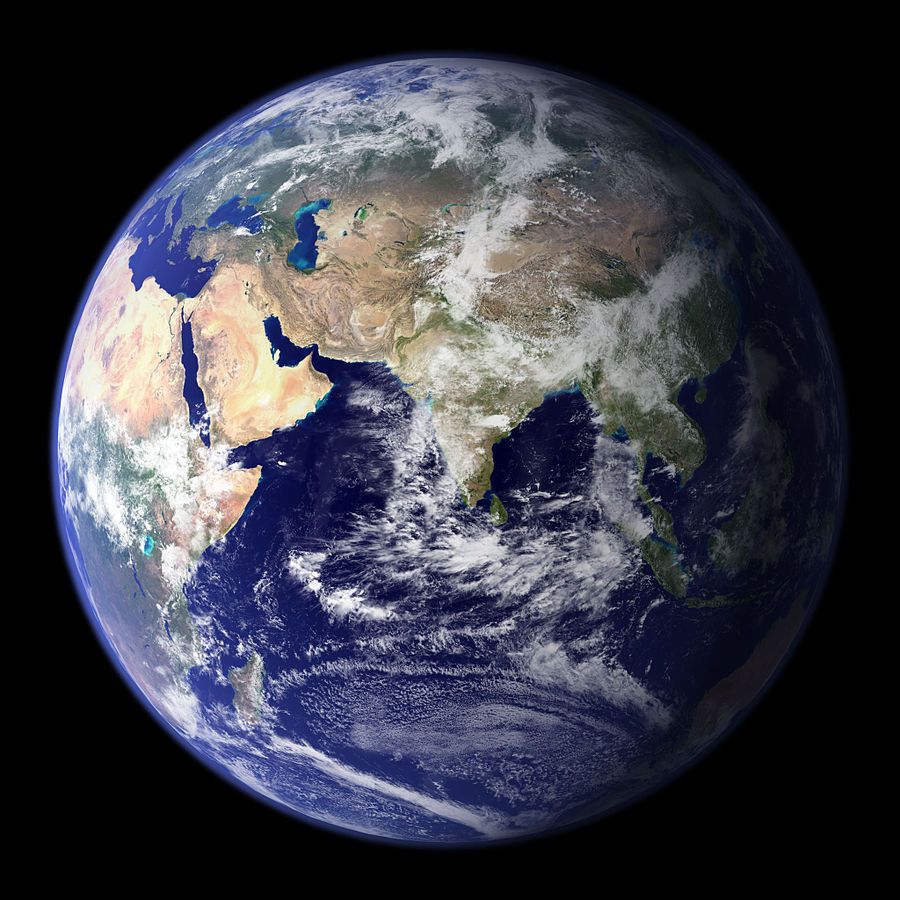
Earth Day sermons are hard. I didn’t preach one this year, even though I was preaching on a Sunday close to Earth Day and care for the earth is close to my heart. It’s just tough to find the words that inspire reflection and action without inducing guilt.
But I was absolutely delighted to read the sermon that was preached at St. Martin of Tours Episcopal Church in Kalamazoo, Michigan on April 26th. Michael Stifler, a lay member of the congregation with years of experience in watershed management, was invited by the rector, the Rev. Mary Perrin, to preach that Sunday. His words are a perfect example of faith-based bioregional thinking – the kind of deep-rooted religion that I described in a recent (surprisingly viral!) post. I was honored when he agreed to allow me to share this sermon with you. Before I do, I have to give a shout-out to Ched Myers, whose work inspires both me and Michael. Ched was kind enough to connect us to one another last summer after we discovered him separately.
When I read Michael’s words, I was inspired. Without downplaying the seriousness of our ecological situation, he offers faithful and practical ways to think and act for good. Most important, he roots our thinking and acting in the context of the great story of God’s work of redemption and reminds us of the infinite mysteries of the created order. By doing so, he helps us move closer to fulfilling our role in creation.
Thank you, Michael Stifler, for the time and care you give to this work. Thank you, Mary Perrin, for recognizing the gifts Michael has to offer for this ministry. And most of all thank you, Lord God, for the inspiration you offer those who seek to conserve your great Creation.

April 26, 2015 Earth Day Sermon
Almighty God, you made the universe with all its marvelous order, its atoms, worlds, galaxies and the infinite complexity of living creatures: Grant that, as we probe the mysteries of your creation, we may come to know you more truly, and more surely fulfill our role in your eternal purpose. Amen. (Book of Common Prayer, page 827)
I would like us to open with an antiphonal reading of Psalm 65, which can be found on page 672 of the Book of Common Prayer. We will start with verse 5 and read through verse 14.
Awesome things will you show us in your righteousness, O God of our salvation, *
O Hope of all the ends of the earth and of the seas that are far away.
You make fast the mountains by your power; *
they are girded about with might.
You still the roaring of the seas, *
the roaring of their waves, and the clamor of the peoples.
Those who dwell at the ends of the earth will tremble at your marvelous signs; *
you make the dawn and the dusk to sing for joy.
You visit the earth and water it abundantly; you make it very plenteous; *
the river of God is full of water.
You prepare the grain, *
for so you provide for the earth.
You drench the furrows and smooth out the ridges; *
with heavy rain you soften the ground and bless its increase.
You crown the year with your goodness, *
and your paths overflow with plenty.
May the fields of the wilderness be rich for grazing, *
and the hills be clothed with joy.
May the meadows cover themselves with flocks, and the valleys cloak themselves with grain; *
let them shout for joy and sing.
Psalm 65 offers a song of praise for our amazing world, a world that provides us with everything we need. We are 93 million miles from the sun, which is exactly the right distance to give us the solar energy and light that provides for all living things. Our globe spins at a rate where we have a length of day and night that results in the balance we need-between dark and light, heat and coolness. We have air with just the right amount of oxygen for all plants and animals. We have a water cycle that moves water from sky to soil to rivers and back to the sky. We have an incredible array of biota, from viruses and bacteria to whales. We have reason and skill to protect and preserve this amazing world. And yet, we are not preserving and protecting this world, thus we are not fulfilling our role in God’s eternal purpose, as proposed in the opening collect.
Forty-five years ago, in response to many environmental challenges, twenty million Americans gathered in schools, universities and communities to proclaim the first Earth Day. It was at the Ann Arbor event that I first heard noted scientist, Barry Commoner, express his four laws of ecology.
Everything is connected to everything else.
Everything must go somewhere.
Nature knows best.
And, environmentally speaking, there is no such thing as a free lunch.
He urged us to consider these laws as we faced the loss of wild lands and habitat, severely damaged soils, poisoned water bodies and choked atmospheres. He emphasized that wherever we exploit nature we convert resources from useful to useless, damaged goods.
Modern environmentalism stepped into the forefront following that first Earth Day. New laws were passed. Businesses and local governments made significant changes. We saw rivers, lakes, drinking water and air quality improvements. Open dumps turned into sanitary landfills. But, we have continued to consume resources beyond what our earth can sustainably provide and today’s environmental problems are more daunting and complex than those we faced in the sixties and seventies.
We have come to a new place where we find ourselves at a tipping point of peak everything- climate destruction, excessive habitat degradation, species extinction and resource exhaustion. We are finding that parts of our world are falling silent. Vibrant ecosystems have become so compromised that their particular sounds have been reduced to a whisper, where we can only hear the hollow echo of our mechanical presence. We have become detached, unaware of how our lives intersect with our environment and the lives other people around the world. Wendell Berry, an author, poet, conservationist and Christian, writes, “when we desecrate the land we condemn ourselves to spiritual and moral loneliness, and others to want.”
I continue to ask myself how can I engage with these challenging issues? A starting place for me involves considering the creation of our world. Today we will do this by listening to three stories of creation, stories that offer a sense of awe and grandeur.
A few thousand years ago, in to two locations on opposite sides on the world, two people offered us lasting stories using art and poetry.
In the heart of a sandstone canyon in what is now Utah an unknown artist daubed pigment against the stone again and again, until a slender figure emerged in radiant auburn hues. Soon other figures emerged to join the first. Finally, the artist completed the work that portrays a host of figures, human and animal, representing the creation of the world in a visual story that contains the essence of language, myth and primal song, a song of the origins of the world.
Thousands of miles away, at nearly the same time, an old man on the Greek island of Patmos, paused, looking at the drying ink on the parchment before him. The words he had just penned stated, “In the beginning was the Word, and the Word was with God, and the Word, was God. He was in the beginning with God. All things came into being through him, and without him not one thing came into being.” This song of creation is full of wonder and amazement at the notion that God has been speaking from all eternity through everything that exists.
In a more recent story, J.R.R. Tolkien, wrote about the creator God in The Silmarillion, his prequel to the Lord of the Rings. The story starts with God giving a charge to the angels, who were the first beings God made, telling them to make music. The angels responded, but, for a long time, they sang individually, for each of them understood only a part of the mind of God. Yet, as they continued to sing they started to hear each other. They came to deeper understandings and their music increased in unison and harmony. Then God called them together and revealed a mighty theme, far beyond anything he had yet revealed. He then told them to bring to this new song their own thoughts and devices, but to do so in harmony. As they sang, he listened to their song, a sound of interchanging melodies woven together in a way that it passed beyond hearing filling the places of their dwelling and overflowing into the void. But, as with many stories of creation, this beautiful music caught the ear of a malignant force, an angel named Melkor. Through his meddling the music faltered, falling into disharmony and soon it ended. God stepped in and rebuked Melkor. He then showed the angels the new world, a globe in the void, which they had created with their song. This world contained not only their offerings of song, but also so much more that God had added to their harmonies. Together, the angels and God had sung into life an entire, amazing world.
In these three stories, art, poetry and song portray the creation of our world where the life giving force of God imbues everything that is created. This world is full of beauty and balance, wherever our actions have not spoiled it. And again we come to the question—what can we do individually and collectively to address the problems we have created?
We can recognize the environmental damage and social realities around us and develop a broad “creation care” approach to our everyday actions and to our worship. We can reduce the noise of our existence and learn to better listen to the continuing song of our creation. And I think we can start this process by reconnecting to the very land where we live and worship. Wendell Berry says that “the question is not how to save the planet, but how to care for each of the planet’s millions of human and natural neighborhoods.”
In the past year I have found two very similar approaches to learning more about creation care. One is called contemplative ecology and the other watershed discipleship. Both of these start with the idea of “re-placement”; a process where we make a covenant with the land that lies directly under our feet. This covenant calls us to relearn our “place” by coming to know our watershed.
We all live within a watershed. A watershed is that area of land, within which all living things are linked by their common watercourse. You now have the scientific definition, but there is so much more we all need to know. Watersheds underlie all human endeavors and every living thing in them is connected and dependent upon the health of the whole. We are forever linked, really intertwined, with every drop of water and every living being in our watershed. So, we first learn the science of our watershed. This involves knowing each and every water body-ditches, creeks, rivers, lakes and underground aquifers. We learn about everything that people do on the land, as we look at urban, industrial, agricultural, recreational, and forestland activities. We look at animal and fish habitats. We find where damage has occurred and where pristine waters and land must be protected. Then we plan for the future care of our watershed.
Through this process we can come to recognize the great economy of nature and come to understand the immense value of clean air, water and soil to our daily lives. Economists call these values environmental services, and beyond the economic benefits, we reap immense personal and public health benefits from a clean ecosystem.
But we need to do much more than know enough to sound like scientists. We can merge this information with efforts to forge a spiritual connection with our land and water, to develop a practice of watershed discipleship or contemplative ecology. The more we know about our surroundings the more we can involve ourselves in their preservation.
A Senegalese environmentalist, Baba Dioum offers this thought.
We won’t save places we do not love;
we can’t love places we do not know;
and we don’t know places we haven’t learned.
When we re-connect, re-place ourselves in our natural surroundings, we no longer ignore, or grab nature as if it were something to dominate or to own. Instead, we admire it. We feel gratitude for it. When we listen to nature speak we find new ways to discern the divine presence in what we previously may have seen so dimly.
Gary Snyder wrote:
This living flowing land
is all there is forever
We are it
It sings through us
Let us listen for that song. St. Martin’s resides on a beautiful piece of land here on Nichols Road. We are part of the Kalamazoo River watershed. Through creative efforts we have been making prayer trails, cremains burial places, and expanded outdoor worship areas.
Later this year we will be exploring in more depth ways to develop a watershed discipleship, as individuals and as a parish family with an adult formation class. In this we will learn specific, scientific information about our own watersheds and explore what we can do to enhance them. We will also practice our covenant with the land through listening and contemplative practices. Our Diocese will be adding environmental creation care with emphases on sustainable living and food production to the overall stewardship ministry. I hope many of you will join us as we reconnect to our marvelous world and to learn new ways to act in caring and sustaining ways. Earlier this week, I found some earth care information from our local watershed council and the national church. These offer opportunities nationally and locally to act and information is available in the Great Hall.
Take a moment and look out of the windows and consider what is happening in our land, our watershed. The soil that supports both this building and the plants and trees, is a universe unto itself with minerals, fungi, microbes and chemicals. Rain falls and the soil stores the water. The nutrients dissolve in the water and the plants draw this from the soil through their roots pulling it into their stems, trunks, branches and leaves. The sun shines on green plants exciting incredible tiny green engines that convert the solar energy into sugars that are transported through the plants to feed them and the animals. This process also releases oxygen to the air. Plants thrive, and then eventually die, returning nutrients and organic matter to the soil, which feeds the multitude of natural recyclers, the bacteria and insects living on the forest floor. And this small ecosystem provides a home for turkeys, deer, birds, insects and occasionally Jefferson.
Now, picture yourself sitting where you are able to listen to the sounds of an early summer rain. We will close with a Thomas Merton poem and a collect composed by the Education for Ministry class this past Monday evening.
In the forest, at night, cherished by this
wonderful, unintelligible
perfectly innocent speech,
the most comforting speech in the world,
the talk that rain makes by itself all over the ridges,
and the talk of the watercourses everywhere in the hollows.
Nobody started it, nobody is going to stop it.
It will talk as long as it wants, this rain,
As long as it talks I am going to listen.
Thomas Merton
God, our creator, sustainer and protector,
Who interacts to bring all of the elements
Of your creation into communion,
Open our eyes so that we may see your presence
In all creation and be free to serve with love.
Amen.
What stands out to you from this sermon? Do you have an Earth Day sermon you love?
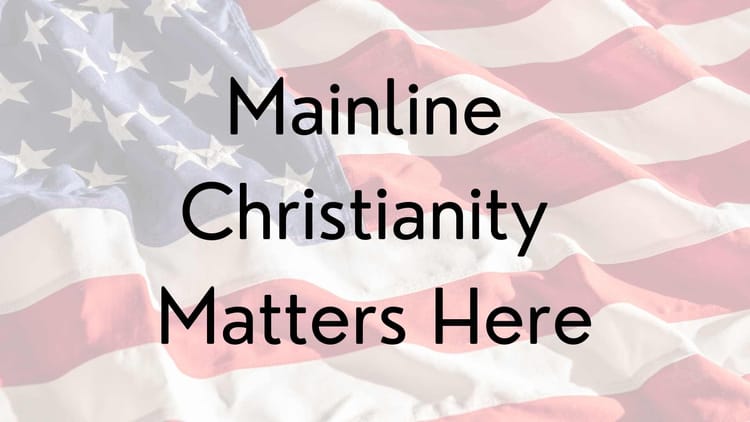
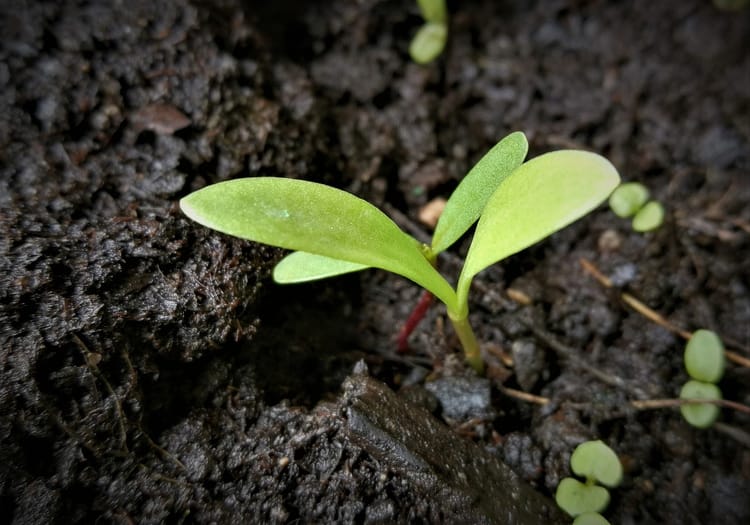
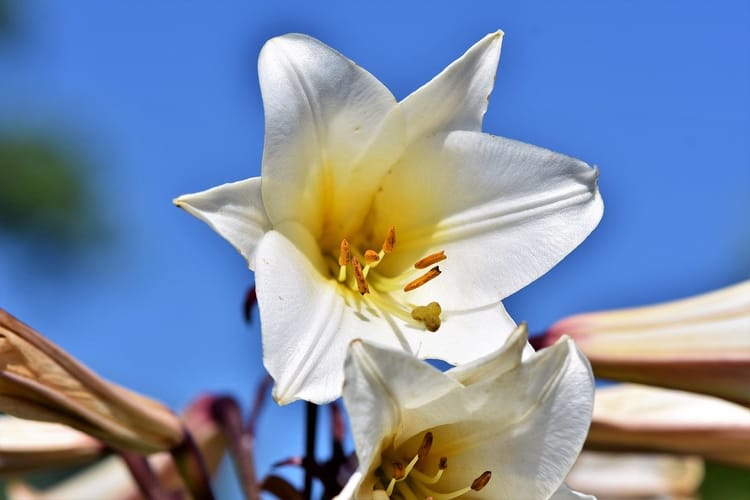
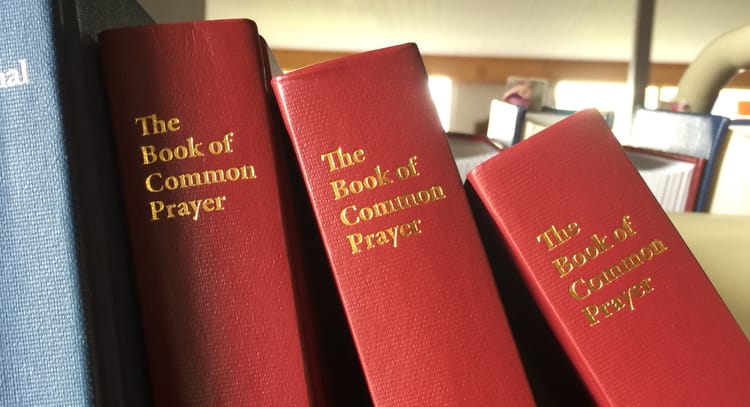
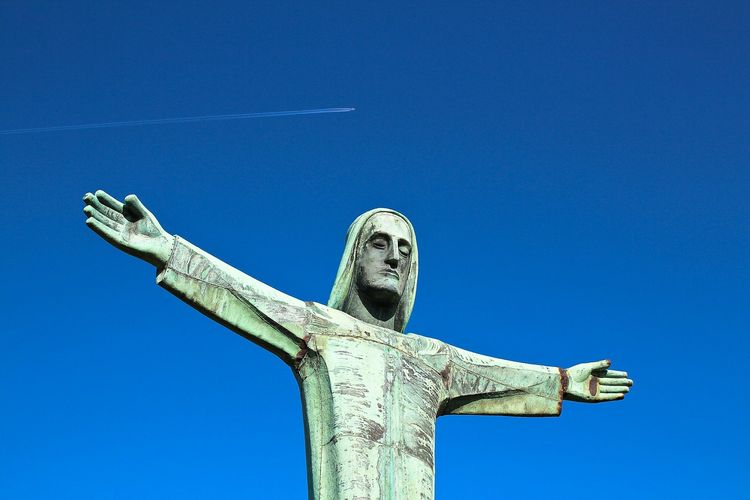
Member discussion